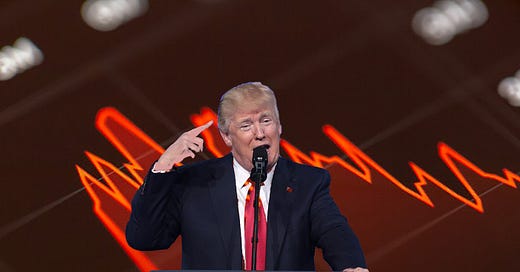As of May 13, 2025, the impact of U.S. tariffs continues to reverberate through the economy, affecting both consumers and businesses. Recent policy changes and temporary agreements have brought some relief, but the long-term consequences are still unfolding.
Consumer Impact
The tariffs implemented in 2025 have led to a noticeable rise in consumer prices, with estimates showing an average increase of 2.3%. For an average household, this means approximately $3,800 in additional annual expenses. Middle-income families, in particular, are projected to suffer a lifetime income loss of around $22,000 as a result of the economic strain caused by these tariffs.¹
Business Impact
Businesses across the United States are also feeling the pressure. Small businesses, especially in the apparel sector, are grappling with higher operational costs and disrupted supply chains. This has forced some companies to make tough decisions, including layoffs and price hikes, to remain afloat. One example is the superhero activewear brand Super X, which has faced financial challenges due to the increased costs associated with tariffs.²
The automotive industry is also heavily impacted. Tariffs on imports from Canada and Mexico could potentially increase vehicle prices by as much as $4,711. This price hike has sparked concern among both manufacturers and consumers, given the critical role the automotive sector plays in the U.S. economy.³
Recent Developments
In a bid to de-escalate trade tensions, the United States and China have agreed to temporarily reduce tariffs on Chinese goods from 145% to 30% for a 90-day period. This agreement, aimed at providing some economic relief, has had an immediate positive effect on the stock market, with the Dow Jones Industrial Average jumping by 1,160 points following the announcement.⁴
Looking Ahead
Despite this temporary reduction, the broader impacts of U.S. tariffs remain a significant challenge. Analysts caution that while the easing of tariffs may provide short-term market stability, the underlying issues related to trade policies and economic partnerships will continue to influence business decisions and consumer costs. Maintaining a balanced approach to international trade will be crucial for sustaining economic growth.
This update reflects the situation as of May 13, 2025. The U.S. trade landscape is continuously evolving, and future developments may alter the economic outlook.
References
- Yale Budget Lab. (2025). Where we stand: Fiscal, economic, and distributional effects of all U.S. tariffs enacted in 2025 through April. Retrieved from https://budgetlab.yale.edu/research/where-we-stand-fiscal-economic-and-distributional-effects-all-us-tariffs-enacted-2025-through-april
- Business Insider. (2025). Tariffs are testing our success: Super X faces challenges. Retrieved from https://www.businessinsider.com/superhero-activewear-brand-super-x-marvel-trump-tariffs-2025-5
- Wikipedia. (2025). Tariffs in the second Trump administration. Retrieved from https://en.wikipedia.org/wiki/Tariffs_in_the_second_Trump_administration
- AP News. (2025, May 12). What’s next with Trump’s trade war truce with China. Retrieved from https://apnews.com/article/2d597284774fddd6ad9fa4f60e783d34








